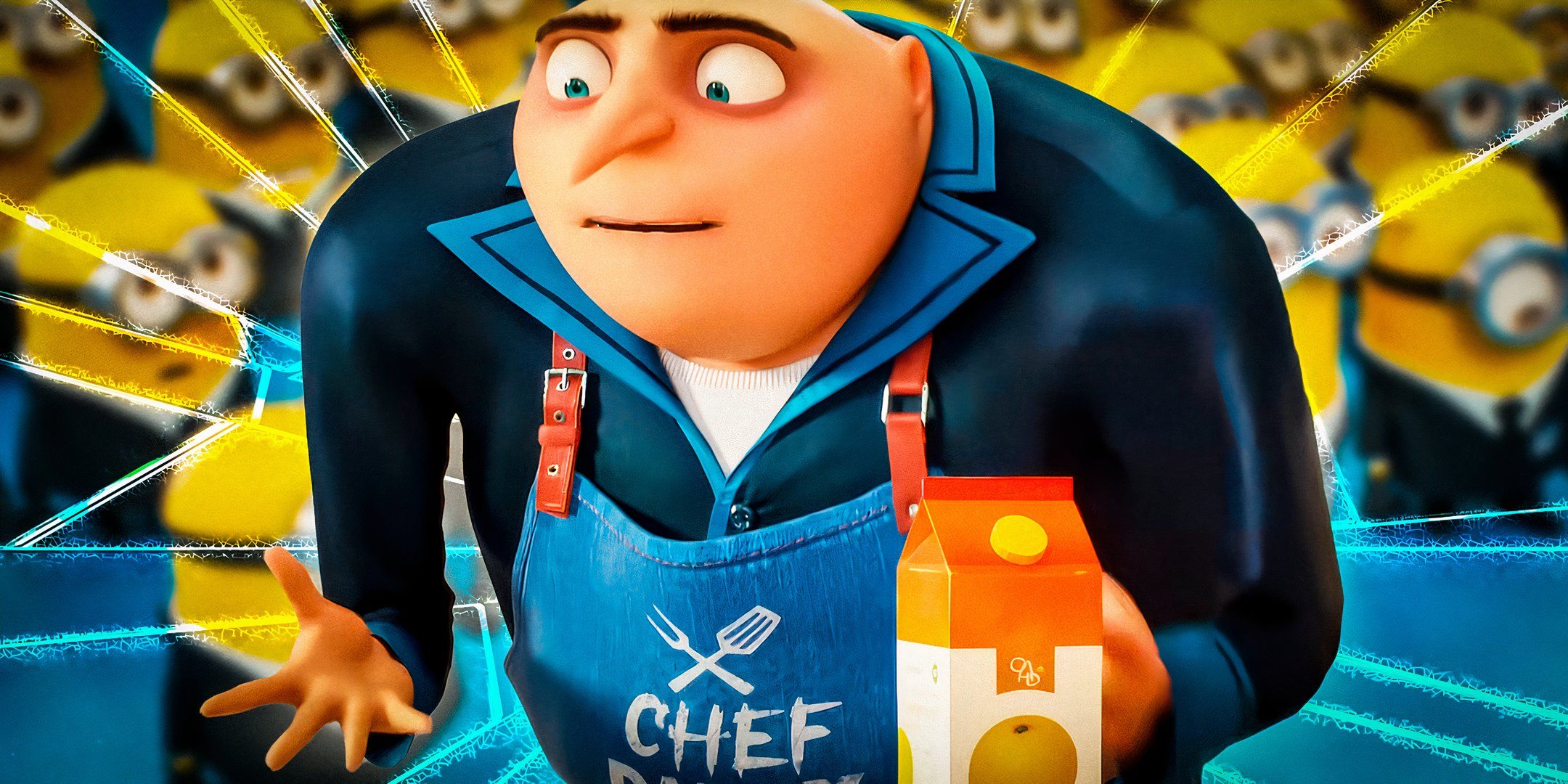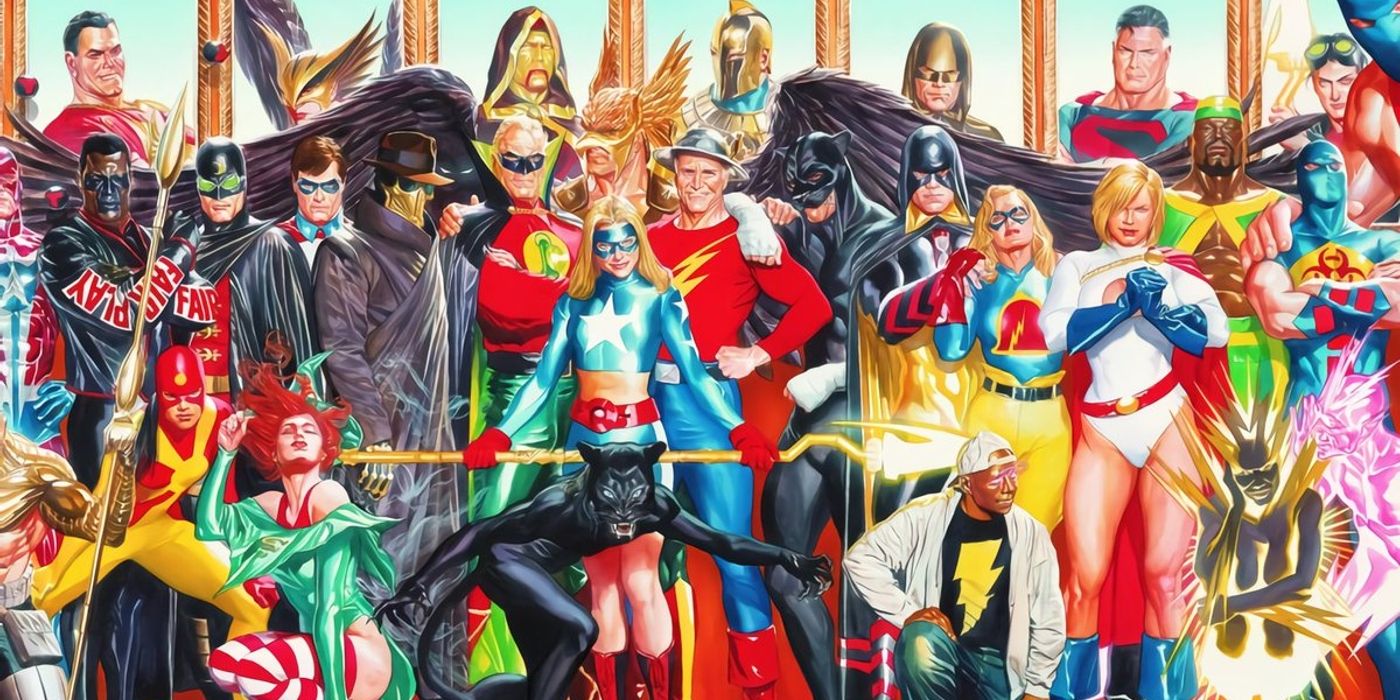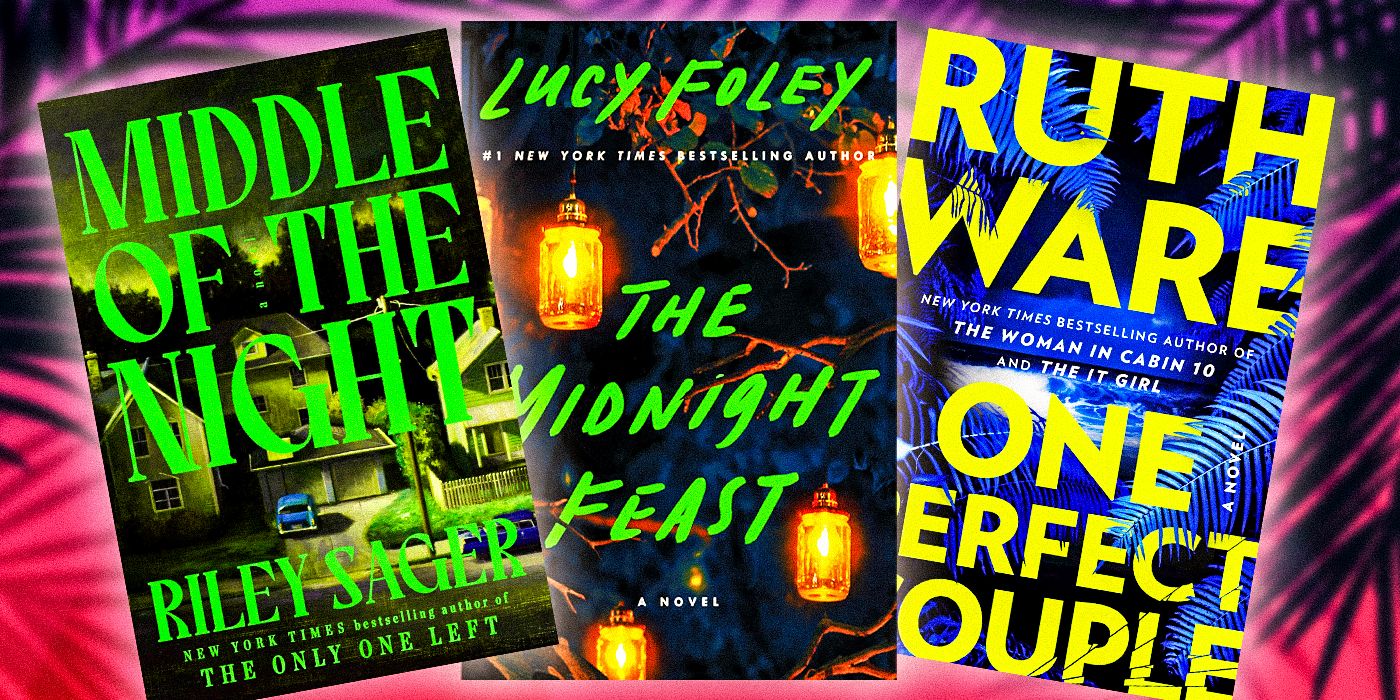Netflix’s Chilling Adventures of Sabrina may be a fantasy, but it’s chock-full of real-life references. These subtle details enrich the world of Sabrina and make watching the show even more fun.
Between nods to real people, folklore, religion, pop culture, and literature, each episode offers new references to uncover. Here’s our overview of some of the most interesting and unexpected historical references from the series so far.
FATHER BLACKWOOD’S FIRST NAME
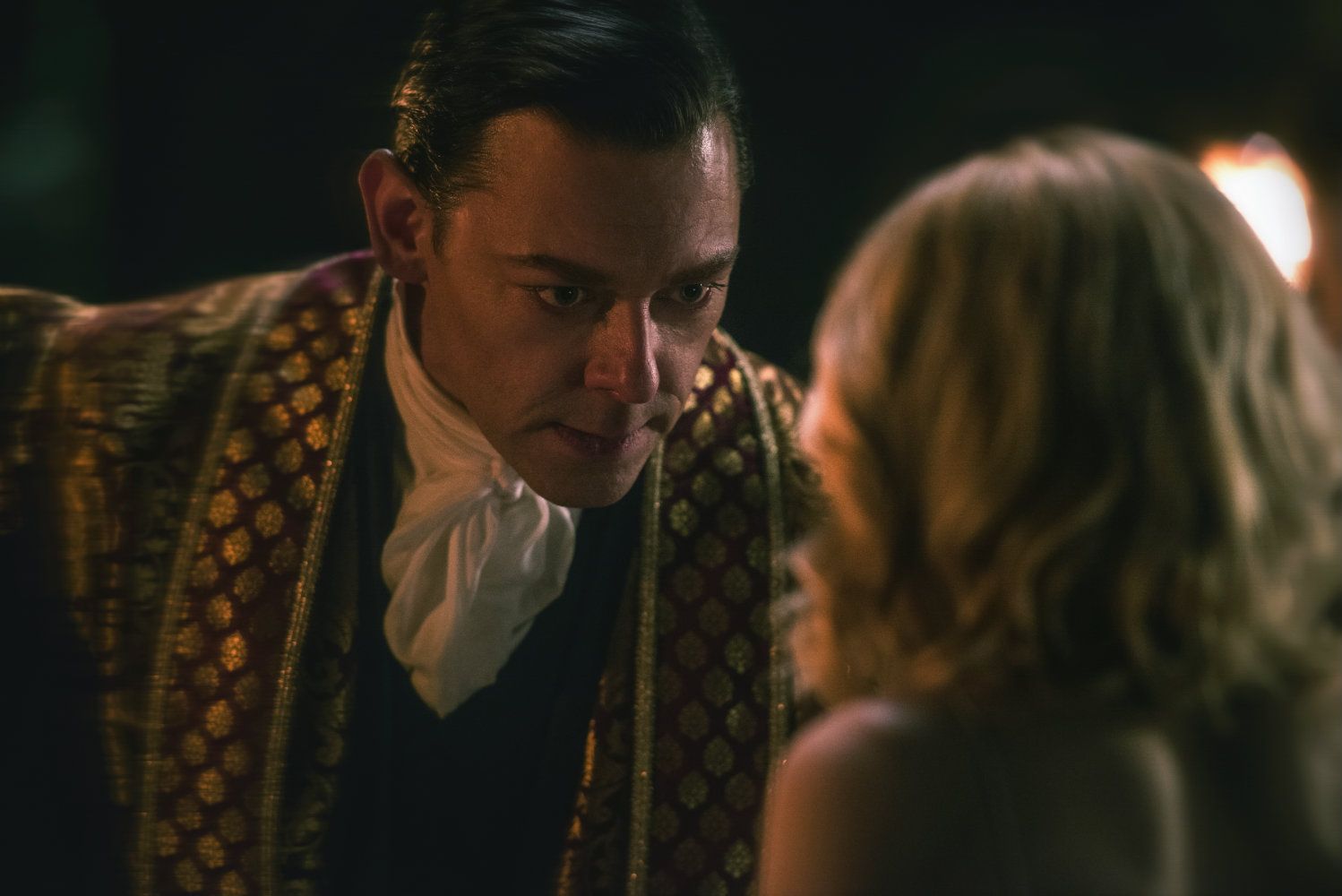
Father Blackwood’s first name is Faustus, a reference to the legend of Doctor Faustus, a man who sells his soul to the devil in exchange for knowledge and power. The story has been told many times but perhaps the most well-known version is the play written by Goethe.
The legend is actually based on the story of a real German magician and alchemist named Dr. Johann Georg Faust from the late 1400s and early 1500s. The historical Faust was known to many due to his wide travels but along the way, he gained a reputation as evil.
DORIAN’S GRAY ROOM
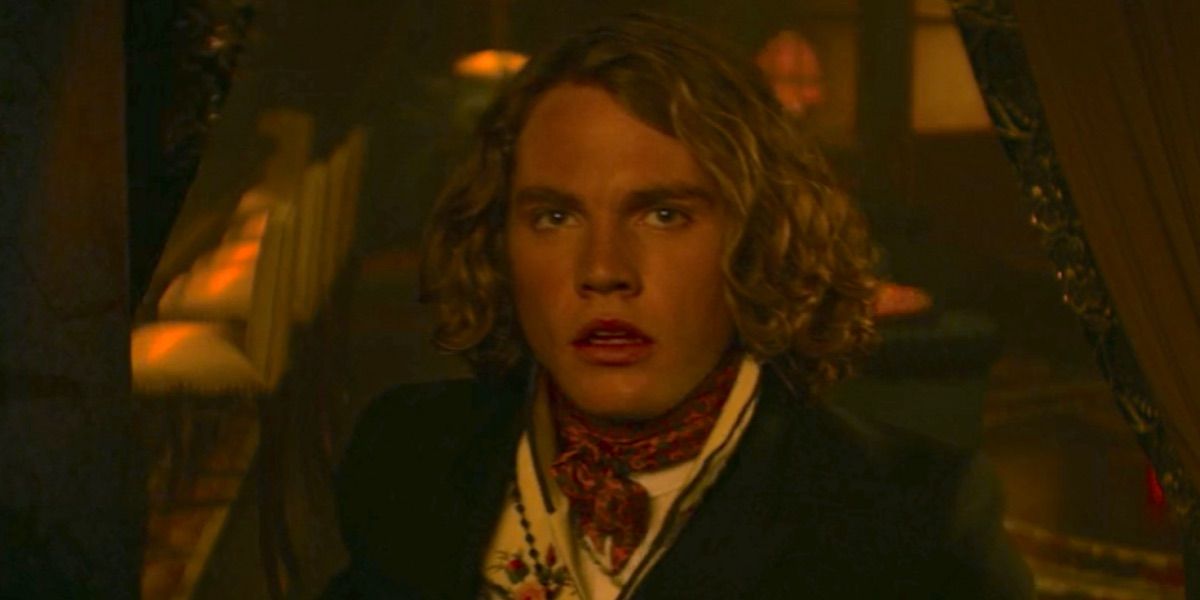
Chilling Adventures of Sabrina, Part 2 introduces a character named Dorian, the youthful proprietor of Dorian’s Gray Room. This is a reference to Oscar Wilde’s 1891 novel, The Picture of Dorian Gray. In the story, Gray is tempted by the prospect of eternal youth and wishes that his portrait could age in his place. He gets his wish, which starts him down a dark path to hedonism, sin, and vice.
On the series, Dorian isn’t simply a reference to the novel, though. He’s the embodiment of the literary version of the character. We even get a glimpse of his aging portrait.
THE SALEM WITCH TRIALS
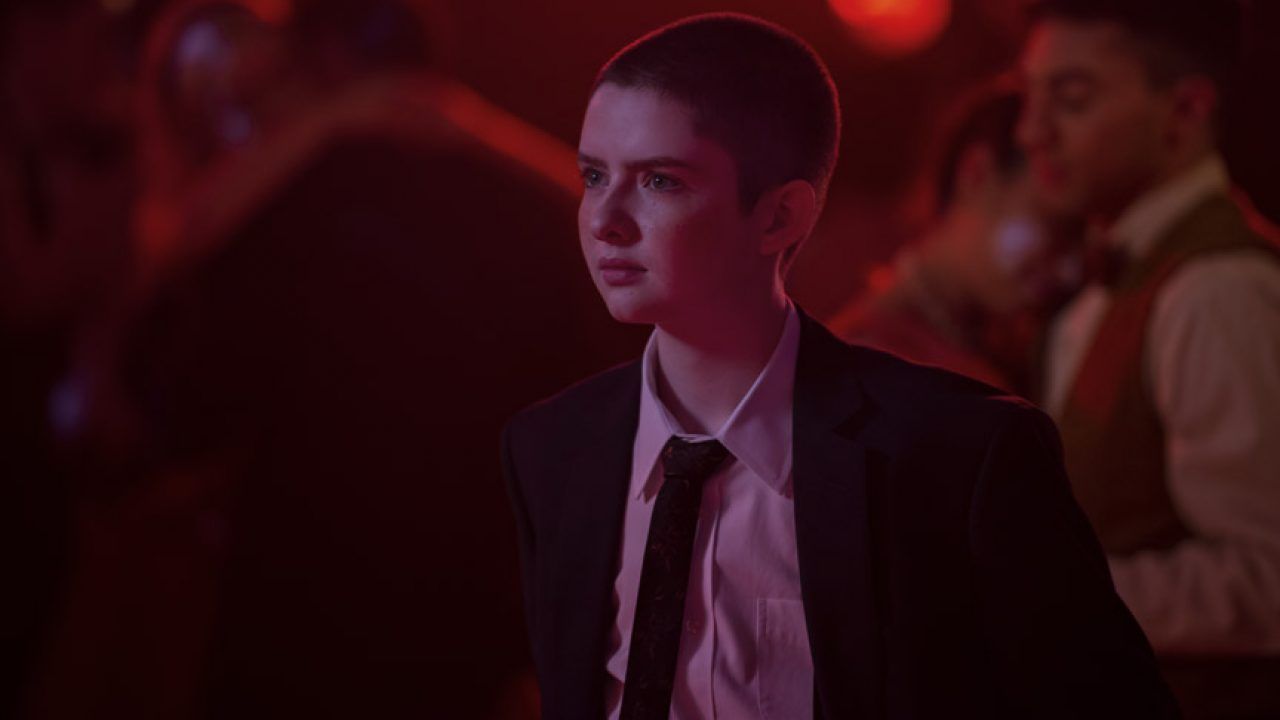
Chilling Adventures of Sabrina includes numerous references to the Salem Witch Trials, which took place in Salem, Massachusetts in the 1690s. The most obvious of these references is the name of Sabrina’s familiar, her cat Salem. However, there are several others.
For example, Ms. Wardwell’s last name is a reference to the Wardwell family, Samuel, Sarah, and their daughter, Mercy. They were accused of witchcraft during the Trials and were eventually executed for their supposed crimes. Also, Putnam, the last name of Sabrina’s friend Theo, is a reference to the Putnam family, who played a key role in the Trials. Both Thomas Putnam and his daughter Ann were two of the Trials’ primary accusers and Thomas Putnam was one of its primary investigators.
MADAM SATAN IS A FIGURE FROM JEWISH FOLKLORE
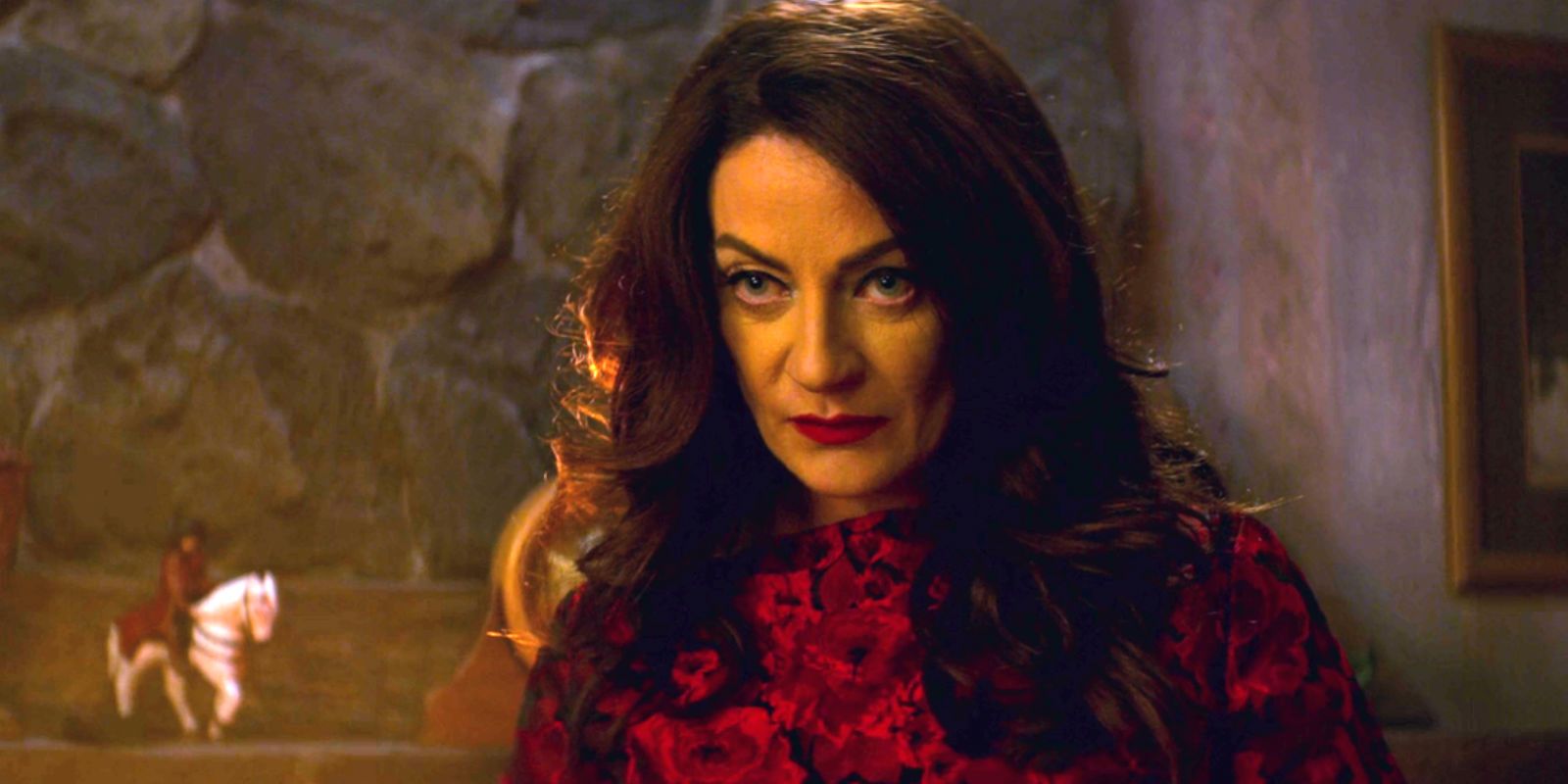
In the first episode of the series, Madam Satan takes over the body of Ms. Wardwell, Sabrina’s favorite teacher. Later, it’s revealed that Madam Satan is actually Lilith, a demon from Jewish folklore. Lilith is widely thought to be the first wife of Adam. Instead of being made from his rib, like Eve, however, she was created in the same way Adam was. As a result, she refused to be subservient to him and decided to leave him and the Garden of Eden instead. While she was once considered evil, today, she is often considered a feminist icon.
Ironically, in Part 2 of Sabrina, Ms. Wardwell’s fiancée is revealed to be a man named Adam. While Lilith is skeptical of him at first, she ends up developing a bond with him.
STATUE OF BAPHOMET
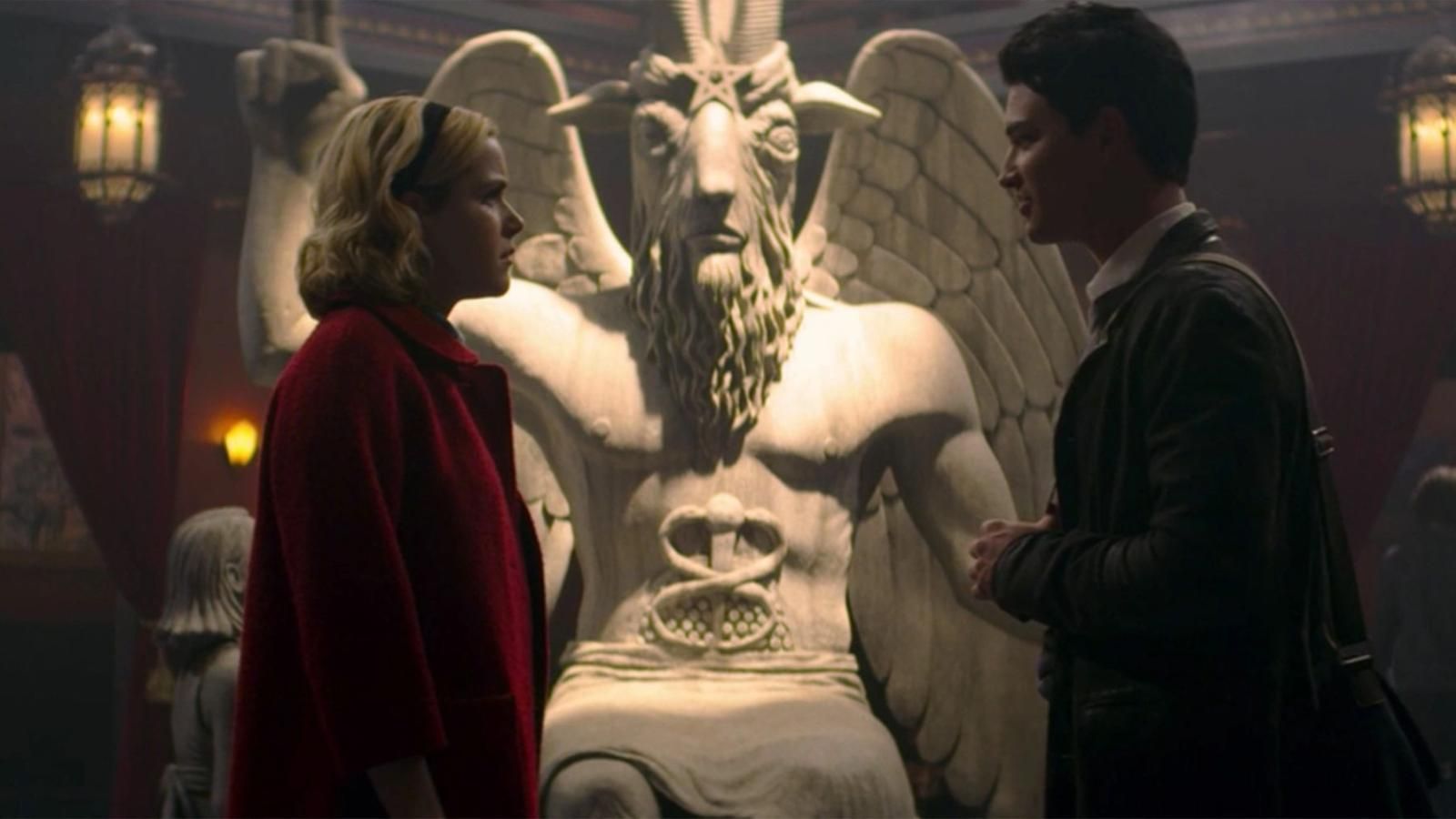
When Sabrina first attends the Academy of Unseen Arts, a large statue of a goat-headed being dominates its entrance hall. This is a statue of Baphomet, a real symbol of the mystical and occult. Baphomet first gained attention during the Inquisition when the Knights Templar confessed to worshipping the heathen idol. The show’s statue of Baphomet is based on an image drawn by Eliphas Levi in 1856.
The statue so closely resembled one displayed by the Satanic Temple in real-life that the temple sued the show for copyright infringement. The lawsuit was eventually amicably settled, but it’s noteworthy that the statue was seen much less in Part 2 of the series.
THE TOP BOY TEST

In the first episode of season 2 of Chilling Adventures of Sabrina, Sabrina challenges Nick Scratch for the title of Top Boy. This rubs Father Blackwood the wrong way, so he makes Sabrina’s test for the privilege incredibly challenging. It’s also entirely real. Each of the questions Blackwood poses references to real places and events.
For example, Blackwood asks about John Dee, who was a mathematician and an advisor to Queen Elizabeth I. The reason he’s of interest here though is that he was also a student of the occult who believed math could reveal divine mysteries. In addition, the Pendle trials were English witch trials that saw 12 people accused of witchcraft in 1612.
THE SPELLMAN HOUSE
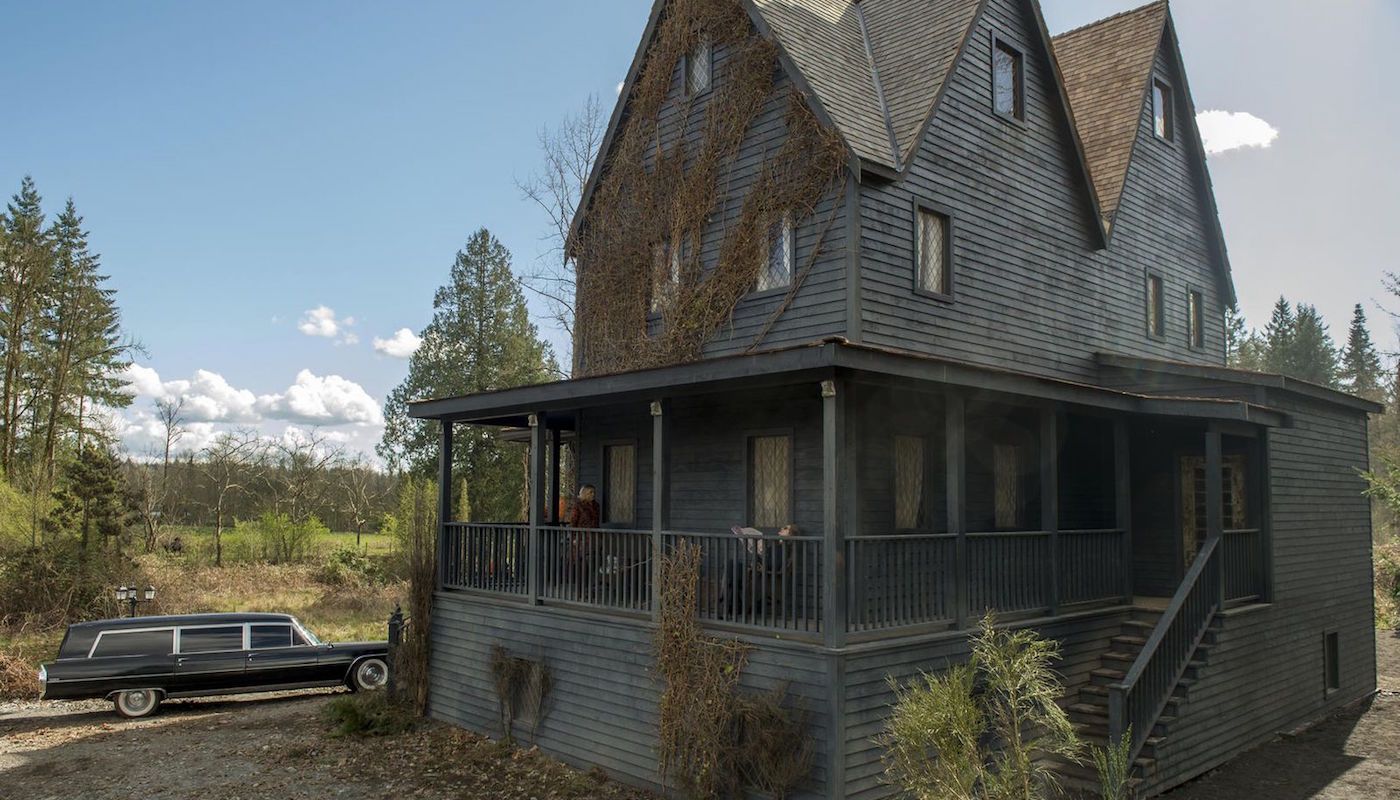
The set design for Chilling Adventures of Sabrina includes several references. One of the most interesting is that the exterior of the Spellman house takes its inspiration from Nathanial Hawthorne’s gothic novel The House of Seven Gables. The real house is located in Salem, Massachusetts where Hawthorne was born.
Hawthorne was actually the great-great-grandson of one of the judges of the Salem Witch Trials, John Hathorne (Hawthorne added the “w” to the name). And Hawthorne felt great guilt over his ancestors’ actions. The principal of the show’s Baxter High School, George Hawthorne, is another reference to Hawthorne and perhaps Hathorne.
FIGHTING THE DEVIL
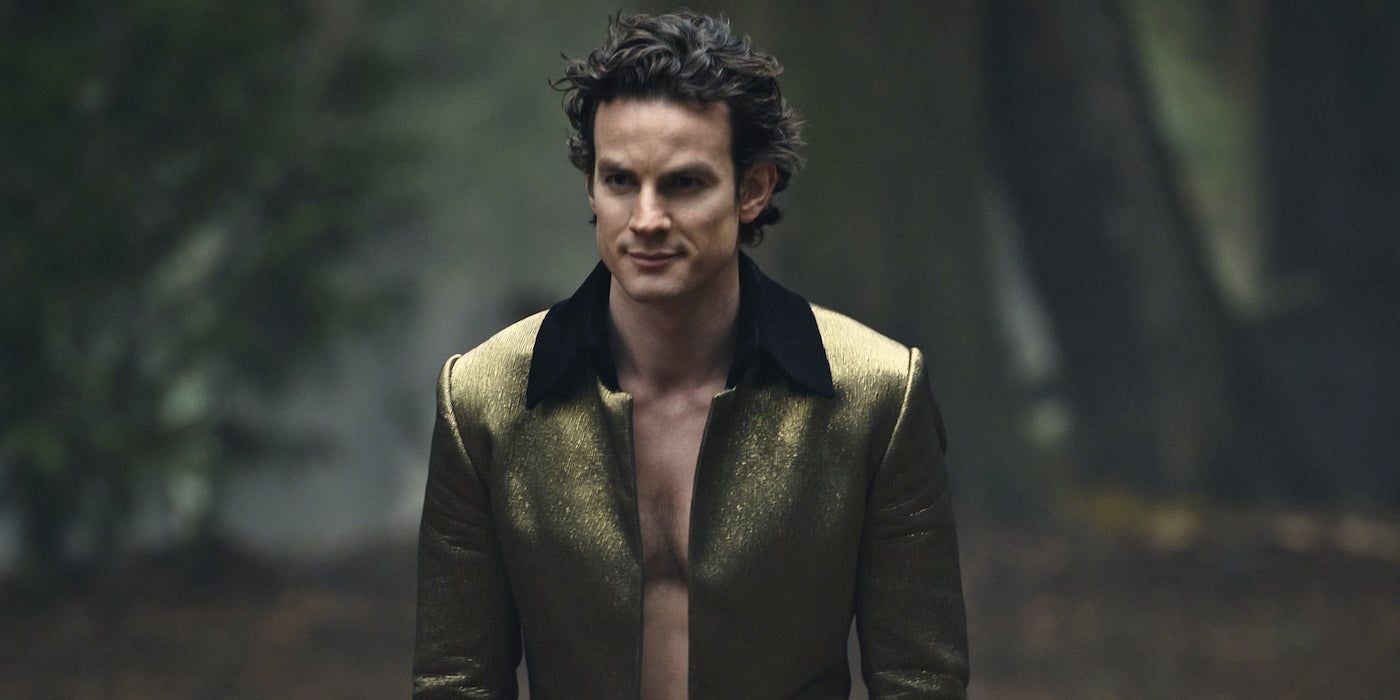
When Sabrina takes on Satan in the last episode of Part 2, she traps him with a horseshoe, which she claims is a trick she learned from Saint Dunstan. In the 10th century, Dunstan was a monk and then the abbot of Glastonbury before eventually being appointed archbishop of Canterbury. Interestingly, accusations of practicing the black arts are what started him on his journey to becoming a monk.
During their encounter, Satan tells Sabrina that only the Spear of Longinus can kill him. Also known as the Holy Lance, the spear of Longinus was said to have stabbed Jesus while he hung on the cross. The relic was discovered during the First Crusade in 1098 in Antioch, although its authenticity was later discredited.
THE CHOIR SINGS A SONG BY CHARLES MANSON
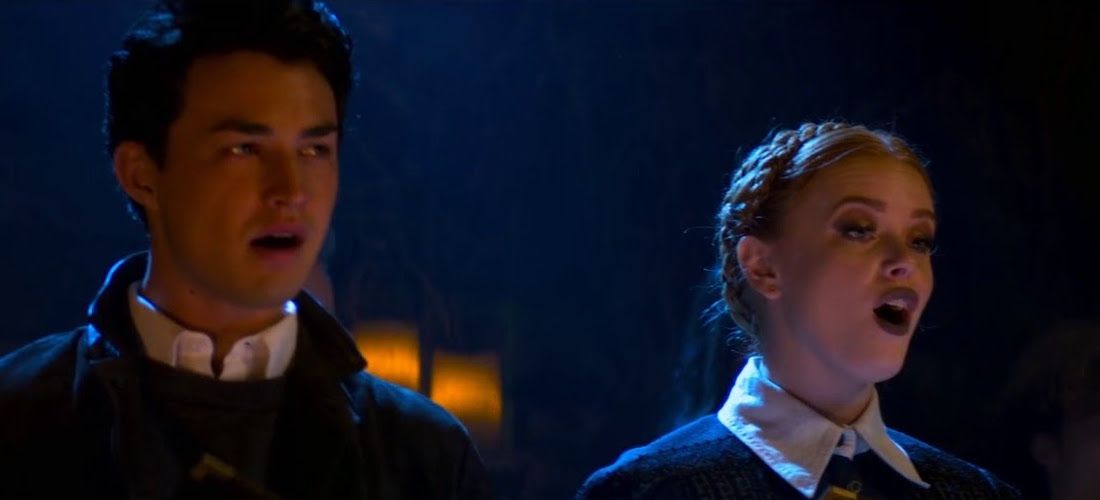
Yes THAT Charles Manson. Before Manson became an infamous cult leader, he aspired to be a musician. He even released an album in 1970 called Lie: The Love and Terror Cult. Although it was a commercial failure, artists have covered his work over the years, and so does the choir at the School of Unseen Arts in the fourth episode of Part 1 of Chilling Adventures of Sabrina.
The song the choir sings is called “I’ll Never Say Never To Always.” It’s one of Sabrina’s first introductions to the school as the choir director Lady Blackwood asks her to sight-read a few bars of the song.
LUPERCALIA WAS A REAL FESTIVAL
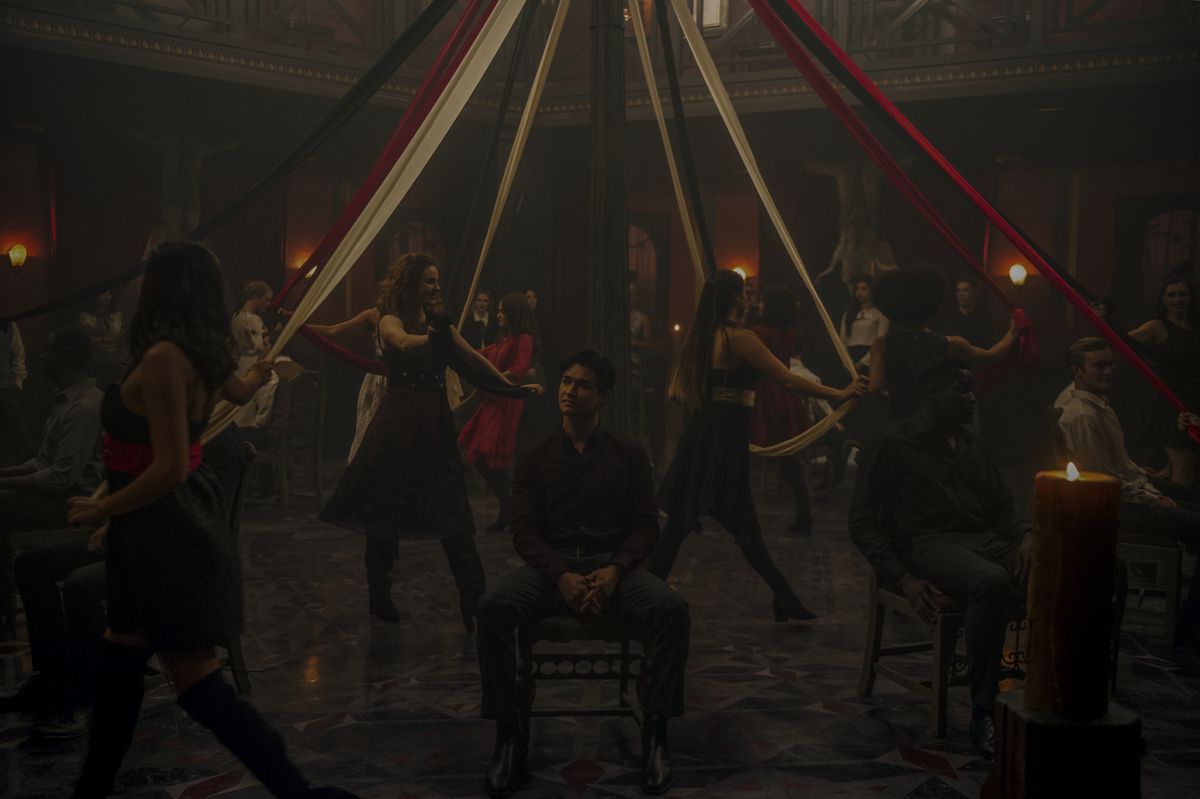
The third episode of Part 2 includes the celebration of Lupercalia, a pagan festival that used to be held on February 15 in ancient Rome. In fact, some historians think that Valentine’s Day is actually an offshoot of Lupercalia. Unlike the hearts and flowers rituals that go with Valentine’s Day, though, Lupercalia included much more lust and violence.
The festival included a sacrifice, a feast, and a ritual that resembles parts of what’s depicted on the show. During the festival, the men would randomly choose the name of a woman that they would be coupled with for the entirety of the festival. It also included a run through the woods where the men chased the women. As Aunt Zelda explains on the show, the festival is named after Lupercal, the cave of the she-wolf who cared for Romulus and Remus, the twin founders of Rome. So the festival was meant to honor the wolf and satisfy Lupercus, the Roman fertility god.
